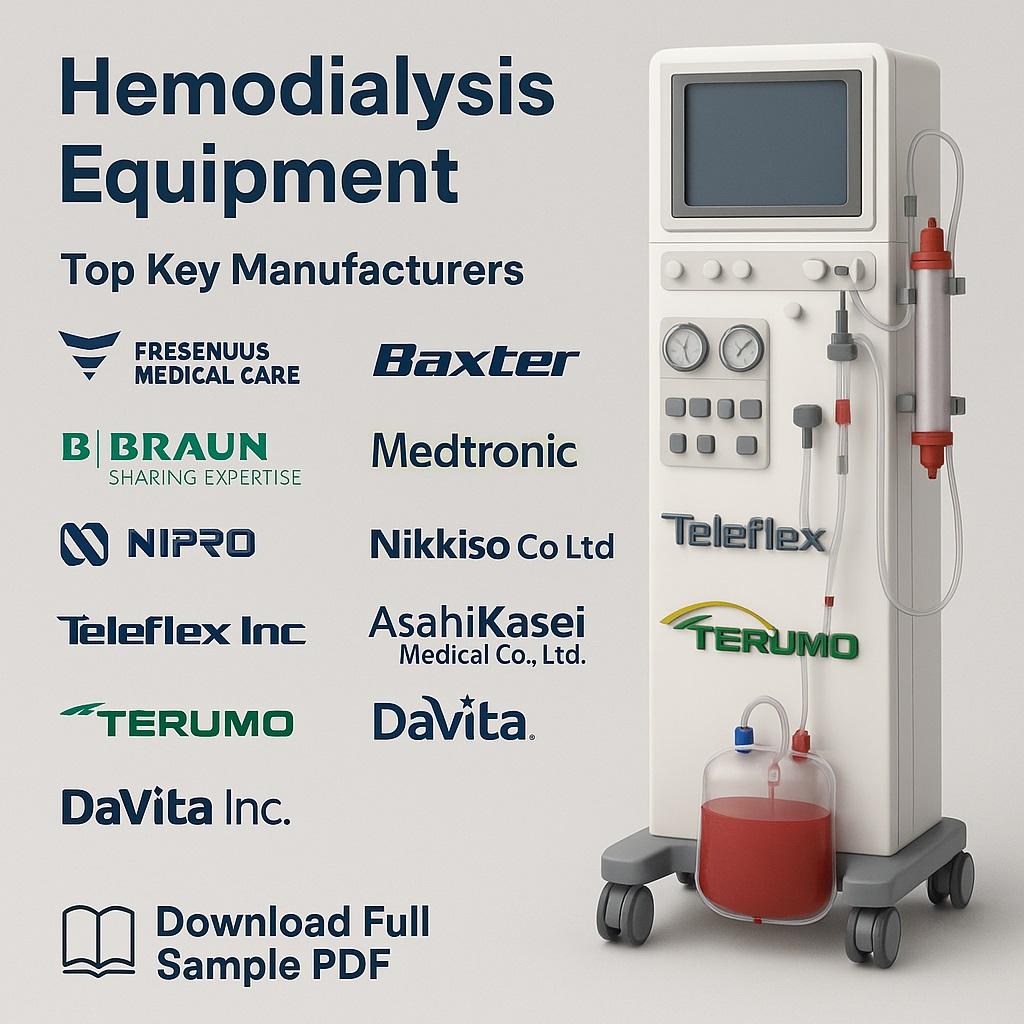The motorcycle airbag jacket market is projected to grow from an estimated USD 757.4 million in 2025 to USD 1,269.5 million by 2035, reflecting a steady compound annual growth rate (CAGR) of 5.3%. This growth signals a shift from early-stage premium adoption to widespread commercial availability, offering manufacturers significant opportunities to capture value through strategic partnerships, innovative designs, and targeted market entry.
For investors and manufacturers, understanding this evolving landscape is critical. The first half of the decade (2025–2030) will be pivotal for building brand recognition and establishing distribution networks. During this period, the market is expected to add USD 223.2 million in value, primarily driven by safety-conscious premium riders. The latter half (2030–2035) is projected to generate USD 288.9 million in additional value, as competitive pricing, lighter materials, and integration with rider-assist electronics accelerate mass adoption. Notably, the 2034–2035 period anticipates a single-year surge of nearly USD 64 million, highlighting a crucial window for scale and market leadership.
Driving Forces Behind Market Expansion
Several key factors are propelling the growth of motorcycle airbag jackets. Technological advancements in wearable safety gear have significantly improved both reliability and comfort. Electronic sensor modules, accelerometers, and gyroscopic systems allow airbag deployment within milliseconds of an impact, while battery-free mechanical activation options broaden affordability and accessibility.
Consumer readiness to invest in protective gear has also increased. Insurance incentives for riders wearing certified airbag jackets, combined with heightened awareness of injury prevention, particularly in Europe, Japan, and Australia, are boosting adoption. Additionally, modular designs that integrate seamlessly with different jacket styles and rider electronics, as well as the integration of ventilation and abrasion-resistant materials, further enhance appeal.
The market is also supported by infrastructure and policy initiatives in high-risk traffic regions, which encourage the use of advanced protective equipment. Motorsport and adventure-touring communities are early adopters, reinforcing credibility and expanding visibility among everyday riders.
Click Here for More Information:- https://www.futuremarketinsights.com/reports/motorcycle-airbag-jacket-market
For investors and manufacturers, understanding this evolving landscape is critical. The first half of the decade (2025–2030) will be pivotal for building brand recognition and establishing distribution networks. During this period, the market is expected to add USD 223.2 million in value, primarily driven by safety-conscious premium riders. The latter half (2030–2035) is projected to generate USD 288.9 million in additional value, as competitive pricing, lighter materials, and integration with rider-assist electronics accelerate mass adoption. Notably, the 2034–2035 period anticipates a single-year surge of nearly USD 64 million, highlighting a crucial window for scale and market leadership.
Driving Forces Behind Market Expansion
Several key factors are propelling the growth of motorcycle airbag jackets. Technological advancements in wearable safety gear have significantly improved both reliability and comfort. Electronic sensor modules, accelerometers, and gyroscopic systems allow airbag deployment within milliseconds of an impact, while battery-free mechanical activation options broaden affordability and accessibility.
Consumer readiness to invest in protective gear has also increased. Insurance incentives for riders wearing certified airbag jackets, combined with heightened awareness of injury prevention, particularly in Europe, Japan, and Australia, are boosting adoption. Additionally, modular designs that integrate seamlessly with different jacket styles and rider electronics, as well as the integration of ventilation and abrasion-resistant materials, further enhance appeal.
The market is also supported by infrastructure and policy initiatives in high-risk traffic regions, which encourage the use of advanced protective equipment. Motorsport and adventure-touring communities are early adopters, reinforcing credibility and expanding visibility among everyday riders.
Click Here for More Information:- https://www.futuremarketinsights.com/reports/motorcycle-airbag-jacket-market
The motorcycle airbag jacket market is projected to grow from an estimated USD 757.4 million in 2025 to USD 1,269.5 million by 2035, reflecting a steady compound annual growth rate (CAGR) of 5.3%. This growth signals a shift from early-stage premium adoption to widespread commercial availability, offering manufacturers significant opportunities to capture value through strategic partnerships, innovative designs, and targeted market entry.
For investors and manufacturers, understanding this evolving landscape is critical. The first half of the decade (2025–2030) will be pivotal for building brand recognition and establishing distribution networks. During this period, the market is expected to add USD 223.2 million in value, primarily driven by safety-conscious premium riders. The latter half (2030–2035) is projected to generate USD 288.9 million in additional value, as competitive pricing, lighter materials, and integration with rider-assist electronics accelerate mass adoption. Notably, the 2034–2035 period anticipates a single-year surge of nearly USD 64 million, highlighting a crucial window for scale and market leadership.
Driving Forces Behind Market Expansion
Several key factors are propelling the growth of motorcycle airbag jackets. Technological advancements in wearable safety gear have significantly improved both reliability and comfort. Electronic sensor modules, accelerometers, and gyroscopic systems allow airbag deployment within milliseconds of an impact, while battery-free mechanical activation options broaden affordability and accessibility.
Consumer readiness to invest in protective gear has also increased. Insurance incentives for riders wearing certified airbag jackets, combined with heightened awareness of injury prevention, particularly in Europe, Japan, and Australia, are boosting adoption. Additionally, modular designs that integrate seamlessly with different jacket styles and rider electronics, as well as the integration of ventilation and abrasion-resistant materials, further enhance appeal.
The market is also supported by infrastructure and policy initiatives in high-risk traffic regions, which encourage the use of advanced protective equipment. Motorsport and adventure-touring communities are early adopters, reinforcing credibility and expanding visibility among everyday riders.
Click Here for More Information:- https://www.futuremarketinsights.com/reports/motorcycle-airbag-jacket-market
0 Comentários
0 Compartilhamentos
2KB Visualizações











